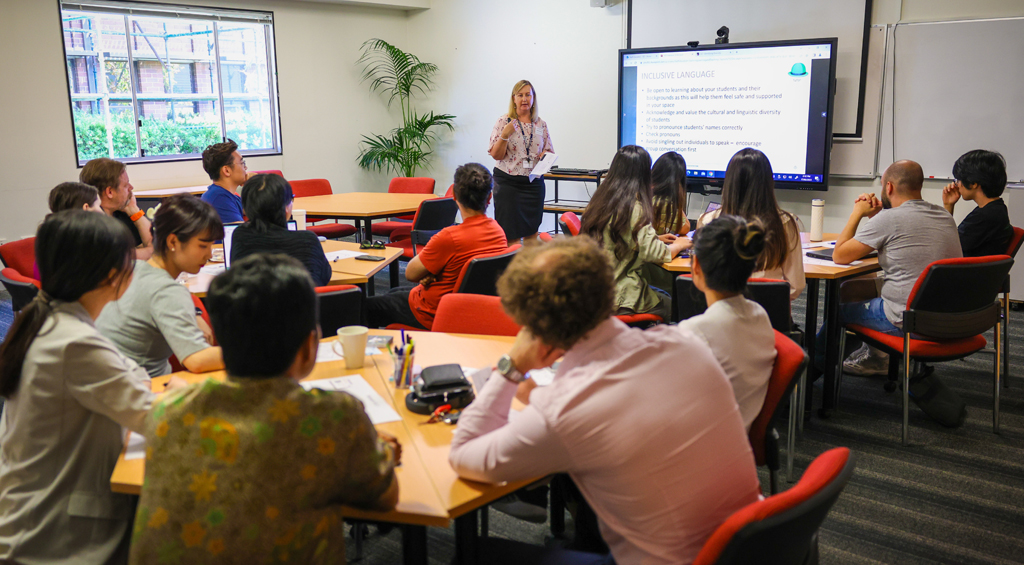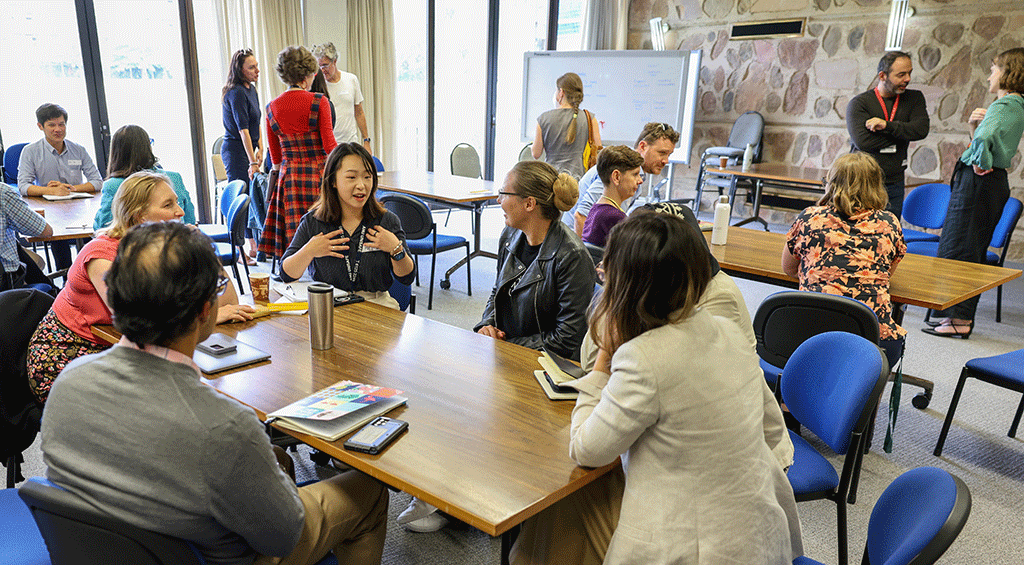Creating the habits for ‘going to uni’ in a virtual world
Working from home for many academics became an extension of those research days, pre (and post) PhD study patterns, and those days when you need to be out of the office to do the office work. In the recent scramble to convert our world to online by designed (more or less), we effectively moved the university back home with us, with varying degrees of success.
Between semesters, as we moved to a much more deliberate approach to online, questions were asked around the teaching world as to how we could make the virtual semester more ‘real’ to ourselves and our students. From the UK, several Advance HE seminars raised the recurring idea of “Performing the University” whereby certain behaviours were associated with going to university. In absence of a physical campus, timetabled tutorials and lectures, and teaching spaces, how could we provide alternate ways to feel like we were at class, on campus, and being part of University life?
Dr Stephen Dann is familiar with the idea of a consumer ritual – a recurrent part of life done with a specific purpose – preparation for class, readiness for a job interview, small acts to increase luck on game day, or any number of ways to signify to ourselves it was time for action. In Semester 2 2020, Stephen asked his students in Digital Marketing Communications and eMarketing to reflect on their consumer ritual that helped them make sense of ‘going to university’ in the virtual semester.
Based on these conversations, and discussions with colleagues around the world in the Advance HE seminars, he identified seven possible signals for performing the university.
- Location: Create a dedicated space to set it aside as a place to go for uni, and place to leave for ‘going home’, whether it was a different end of the couch, or a dedicated side of the kitchen table.
- Uniforms: Having a distinct wardrobe selection associated with class activity whether you plan to be onscreen in Zoom or not made a difference in drawing a clear line between home and study.
- Grooming: Similarly, committing to getting ready for class with personal grooming, from hair brushing to shaving and make-up strengthened the association of “suiting up” to study.
- Food and Drink: The pre-class coffee from Rex, or the take-away from Fellows was replicable with the mug from the kitchen as the signifier of time to focus on the class ahead. Plus the caffeine helps with the attention span.
- Artifacts: Having a dedicated Uni toolkit – notepads, pens or other gear that was kept separate from the rest of life helped with the internal switch over to learning. Combined with the uniform and the house space, it was a signal set that University was about to happen.
- Prompted Actions: A number of students who were using asynchronous studies found setting their own uni timetable via phone alarms to help give them the structure of following content on their own schedule. Phone go beep, class-on-demand starts.
- Software: The final step for everyone was connecting the boot up of key software – ANU’s VPN, the Wattle sites, or even Zoom (or Teams) with that moment of breathe in, focus, and University is now happening.
In our experience this semester, we found combinations of the seven Performing the University points. As a lecturer, or student, what did you do to ‘go to work’? Do you have any tips for your colleagues or students to help them set boundaries for work, leisure, life?
Dr Stephen Dann is a Senior Lecturer in the Research School of Management, ANU College of Business and Economics
Claire Brooks and Dr Scott Rickard are Education Designers in the Education Design (ED) team – one of three teams within the ANU Centre for Learning and Teaching (CLT).







